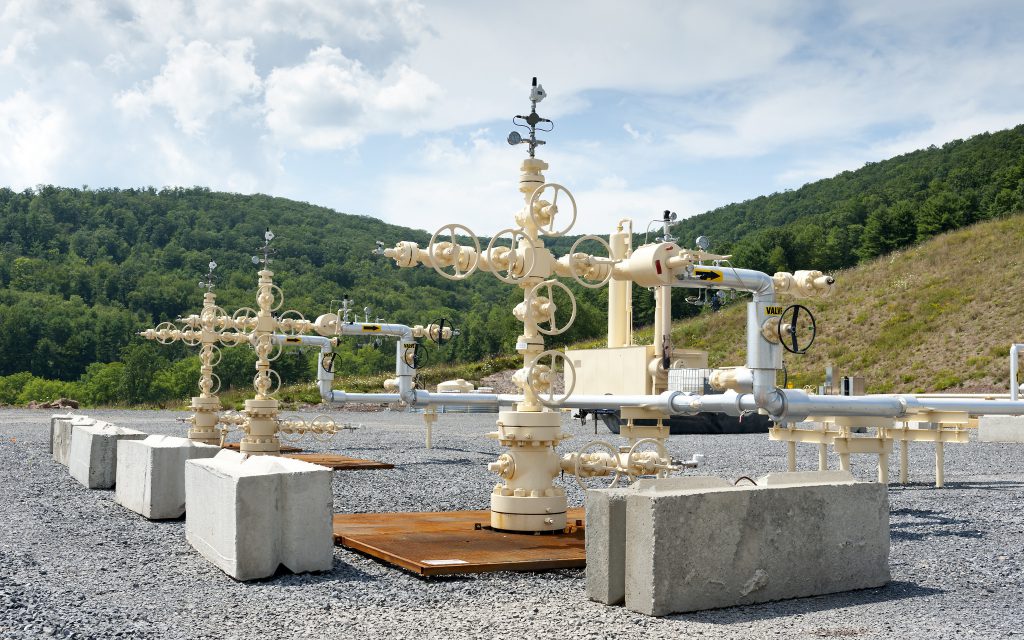
In 2008, when the United States’ National Intelligence Council (NIC) published its volume Global Trends 2025, a key prediction was tighter energy competition. Chinese demand was growing, and non-OPEC sources like the North Sea were being depleted. After two decades of low and relatively stable prices, oil prices had soared to more than $100 per barrel in 2006. Many experts spoke of ‘peak oil’—the idea that reserves had ‘topped off’—and anticipated that production would become concentrated in the low-cost but unstable Middle East, where even Saudi Arabia was thought to be fully explored, with no more giant fields likely to be found.
The US was regarded as increasingly dependent on energy imports, and this, together with rising prices, was seen as a major limit on American geopolitical influence. Power had shifted to the producers.
The NIC analysts did not neglect the possibility of a technological surprise, but they focused on the wrong technology. Emphasising the potential of renewables such as solar, wind and hydro, they missed the main act.
The real technological breakthrough was the shale-energy revolution. While horizontal drilling and hydraulic fracturing are not new, their pioneering application to shale rock was. By 2015, more than half of all the natural gas produced in the US came from shale.
The shale boom has propelled the US from being an energy importer to an energy exporter. The US Energy Department estimates that the country has 25 trillion cubic metres of technically recoverable shale gas, which, when combined with other oil and gas resources, could last for two centuries. The International Energy Agency now expects North America to be self-sufficient in energy in the 2020s. Facilities built to receive liquefied natural gas (LNG) imports have been converted to process exports.
World markets have also been transformed. Previously, gas markets were geographically restricted by dependence on pipelines. That gave market power to Russia, which used it to exercise political and economic leverage over its European neighbours. LNG has now added a degree of flexibility to gas markets and reduced Russian leverage. In 2005, only 15 countries imported LNG; today, that number has tripled.
Moreover, the smaller scale of shale wells makes them much more responsive to fluctuations in market prices. It is difficult to turn on and off the billion-dollar multiyear investments in traditional oil and gas fields; but shale wells are smaller, cheaper and easier to start and stop as prices change. This means that the US has become the so-called swing producer capable of balancing supply and demand in global hydrocarbon markets.
As Harvard’s Meghan O’Sullivan points out in her smart new book Windfall, the shale revolution has a number of implications for US foreign policy. She argues that the new energy abundance increases US power. Shale-energy production boosts the economy and creates more jobs. Reducing imports helps the balance of payments. New tax revenues ease government budgets. Cheaper power strengthens international competitiveness, particularly for energy-intensive industries like petrochemicals, aluminum, steel and others.
There are also domestic political effects. One is psychological. For some time, many people in the US and abroad have bought into the myth of American decline. Increasing dependence on energy imports was often cited as evidence. The shale revolution has changed that, demonstrating the combination of entrepreneurship, property rights and capital markets that constitute the country’s underlying strength. In that sense, the shale revolution has also enhanced American soft power.
Skeptics have argued that lower dependence on energy imports will cause the US to disengage from the Middle East. But this misreads the economics of energy. A major disruption such as a war or terrorist attack that stopped the flow of oil and gas through the Strait of Hormuz would drive prices to very high levels in America and among our allies in Europe and Japan. Besides, the US has many interests other than oil in the region, including nonproliferation of nuclear weapons, protection of Israel, human rights and counterterrorism.
The US may be cautious about overextending itself in the Middle East, but that reflects its experience with the costly invasion of Iraq and the general turmoil of the Arab Spring revolutions, rather than illusions that shale produces political ‘energy independence’. America’s ability to use oil sanctions to force Iran to negotiate an end to its nuclear-weapons program depended not only on Saudi willingness to make up Iran’s exports of a million barrels per day, but also on the general expectations that the shale revolution created.
Other benefits of shale energy for US foreign policy include the diminishing ability of countries like Venezuela to use oil to purchase votes at the United Nations and in regional organisations of small Caribbean states, and Russia’s reduced ability to coerce its neighbours by threatening to cut off gas supplies. In short, there has been a tectonic shift in the geopolitics of energy.
Although no one can know the future of energy prices, modest world prices may last for some time. Both technology and politics could of course upend this prediction. Technological advances could increase supply and reduce prices; politics is more likely to disrupt supply and cause prices to rise. But the disruptions are unlikely to be sharp or long-lasting in the wake of the shale revolution, which is what makes it a geopolitical revolution as well.

